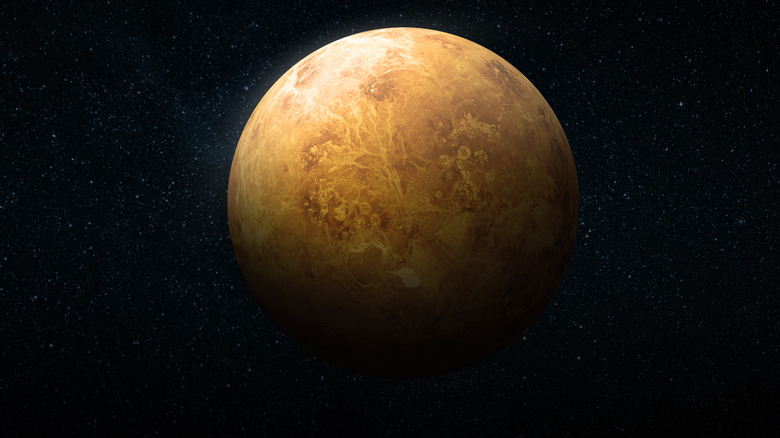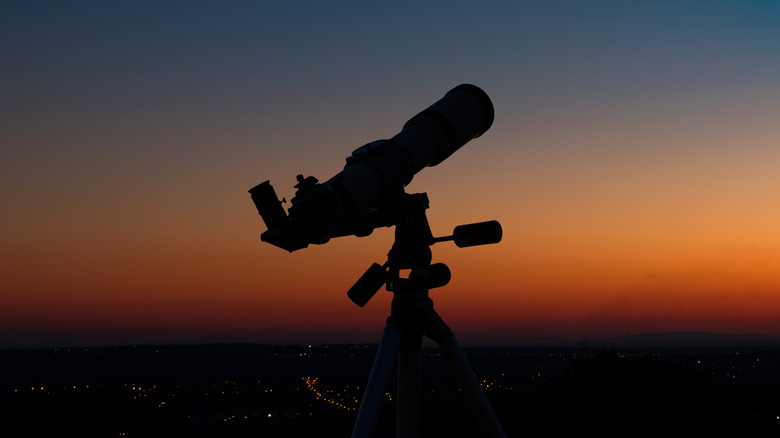Can Science Finally Explain Why Venus Has No Moons?
The solar system has about 200 known moons orbiting the eight planets within, according to NASA. The Earth famously has one, Mars has two, and Jupiter and Saturn have dozens each. In fact, so common are moons in the solar system that even some asteroids have moons of their own.
Some moons are barren chunks of rock, while others have atmospheres, oceans, and potentially even life, according to Space. A spacecraft has observed water emerging from geysers on Saturn's Enceladus, giving rise to speculation that living organisms may call that moon home.
The two innermost planets, Venus and Mercury, are famously devoid of moons. And for as long as scientists have been able to see the planets up close via telescopes and, later, spacecraft, the astronomy community has been unclear as to why that is.
However, computer models may have explained why Venus doesn't have any moons, and what's more, the evidence seems to suggest that the planet actually had one, or maybe even two (but not at the same time), in its past.
Venus may have had a moon at least twice in its history
One theory about how moons are formed is the "giant impact theory," which holds that a planet could be struck hard enough by a passing asteroid or a nearby planet that a chunk of it flies into space and, tidally locked with its host planet's gravity, becomes its moon, according to NASA.
According to Sky & Telescope, a team of CalTech researchers believes that at least twice in its history, Venus had a moon, created by impacts. Specifically, the team concluded that once, Venus was hit and developed a moon, but that over the years, that moon steadily moved away from its host planet. Eventually it escaped Venus' gravity and wandered off into space. The same thing is happening to our moon, according to BBC News, although the process will take billions of years.
Scientists believe that Venus was struck a second time. This time, the object struck the planet from a different direction, so hard that it reversed the planet's rotation. What's more, the object was locked in an orbit that brought it toward the planet, not away from it, and eventually the two objects merged.

